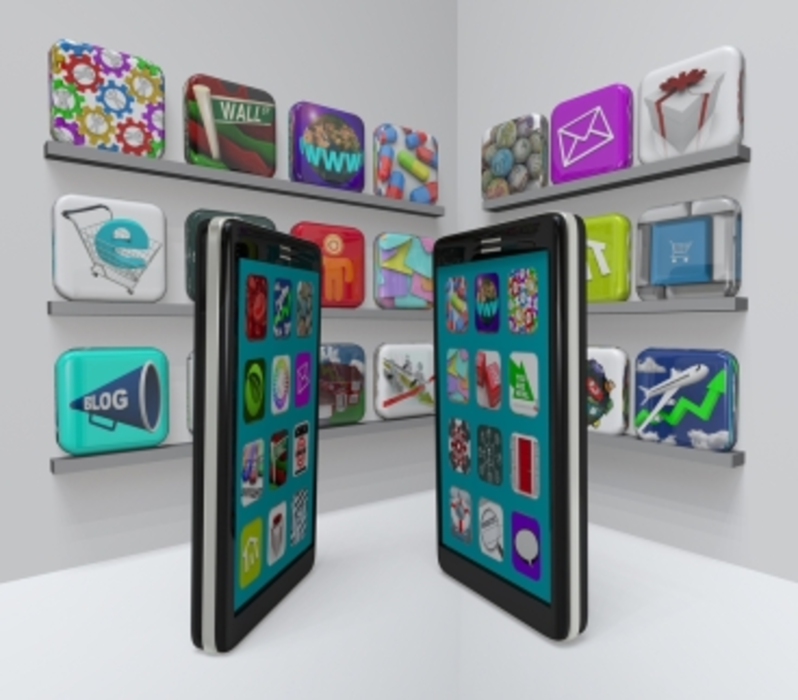Mobile Internet usage accounts for one out of every three digital media minutes consumed, according to the August 2013 BrightEdge Mobile Share Analysis released today.
“People are taking what was wasted time and making that useful time through their mobile device,” says Brad Mattick, VP of marketing and products for SEO platform provider BrightEdge. “So, marketers have essentially more opportunities to engage and drive interaction.”
The analysis also revealed that mobile traffic jumped 125% over the course of H1 2012 to H1 2013 while desktop traffic only grew by 12%. And with more brands taking on the role of publisher, it’s “essential” for marketers to optimize their sites for mobile to expand their reach and target the right content to the growing smartphone market, Mattick says. In fact, U.S. smartphone adoption increased by 30% in 2012, according to comScore reported via the analysis.
“For marketers, it’s a tremendous opportunity, as this research shows, to connect with consumers, to show them their best content, to engage with them, and to convert them into being loyal customers,” he says.
But mobile doesn’t beat desktop on all fronts. While tablets convert at approximately the same rate as desktop, mobile converts at roughly one-third the rate, partially because marketers don’t design content with the device in mind, Mattick says. He advises marketers to follow Google’s mobile user experience best practices, such as incorporating responsive design and creating content specifically for a smaller screen.
“You can’t change the fact that a smartphone has a small screen—that’s why people carry them around,” Mattick says. “What’s driving the difference is that brands need to target the content and the conversation they want to have with a visitor to their site or with somebody who’s interacting with their digital content so that it works on a smartphone.”
Mattick also discourages marketers from going against users’ intentions. For example, if a user clicks on a link to access content they saw via a mobile email, brands shouldn’t direct that user to a splash page instructing him to download their app, he explains. “That’s not what anyone is looking for.”
However, Mattick says the biggest challenge marketers face with mobile is the ability to measure mobile effort and initiatives at scale. He says this hinders brands when it comes to understanding the impact mobile can have on their revenue and overall business.
“They’re challenged to understand how well they’re doing against their competitors on mobile because there’s a battle for a share of voice,” Mattick says.
However, Mattick says more marketers will be able to tackle this challenge in the upcoming year.
“Brands are going to become more and more focused on measuring mobile as a separate distinct channel or experience,” he says. “Brands are going to move very much from the art and the creativity side of just creating content that looks good on mobile to the science of marketing and really measuring the value of content on mobile devices.”






